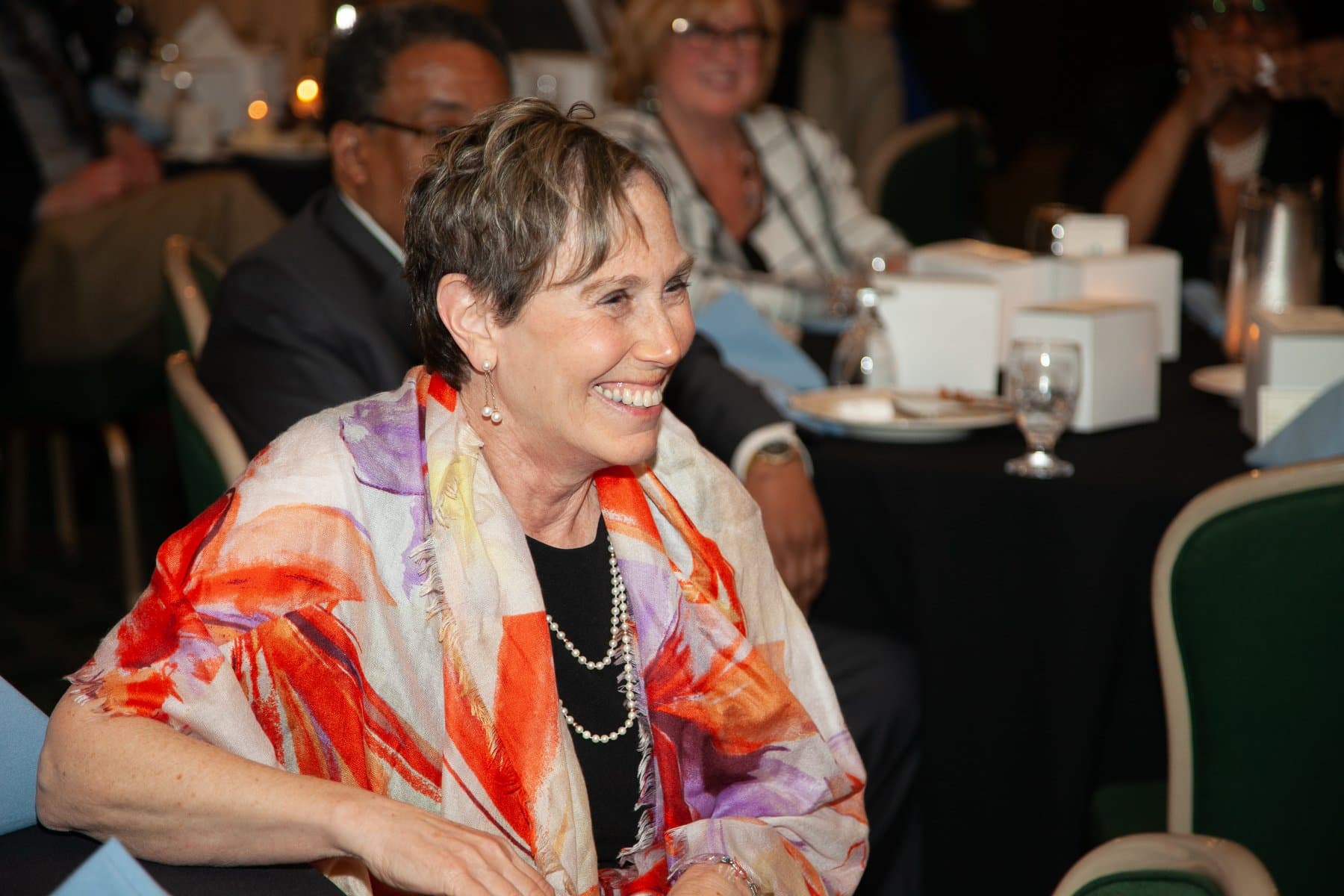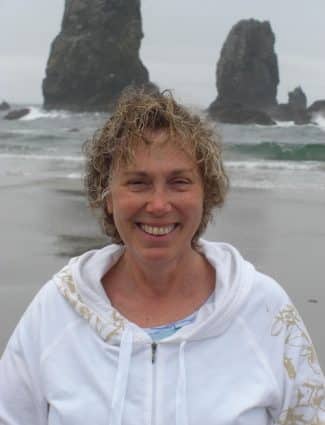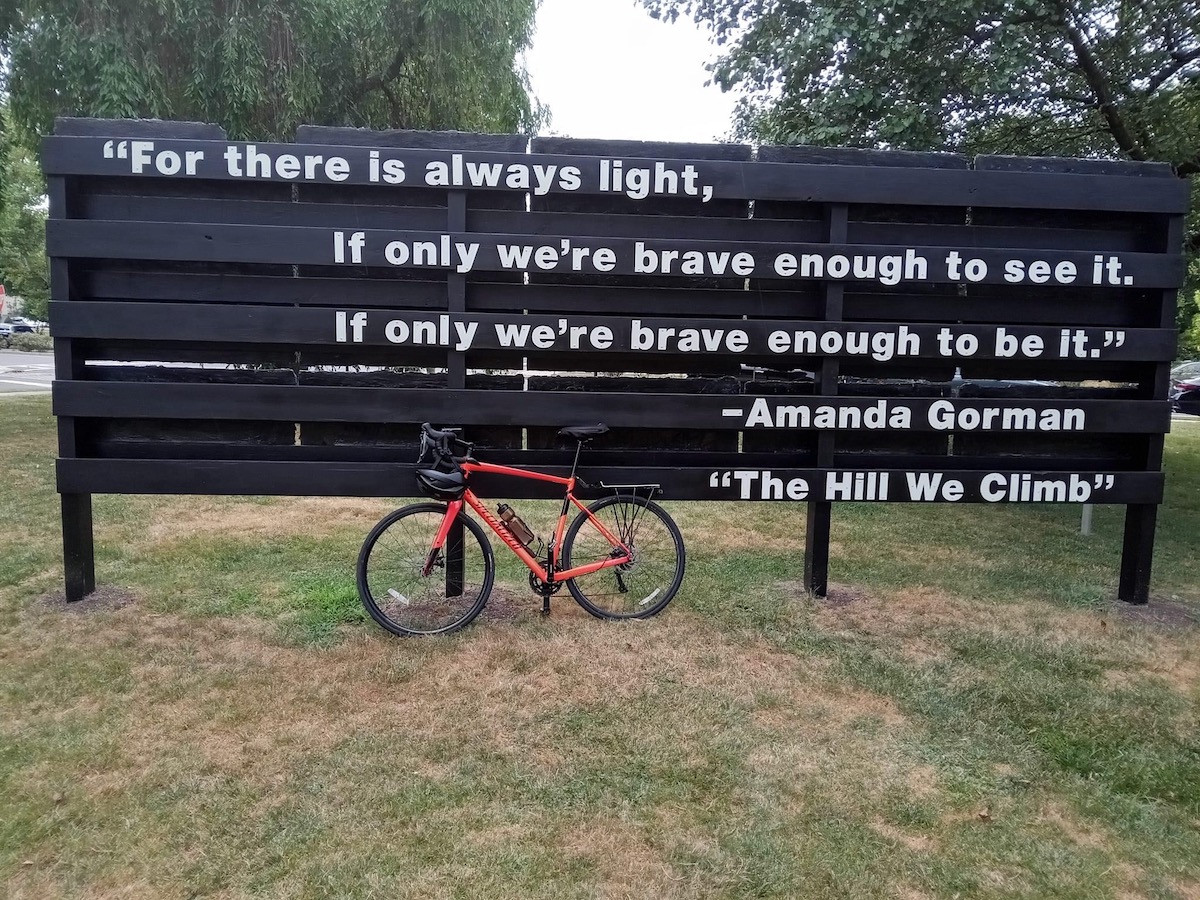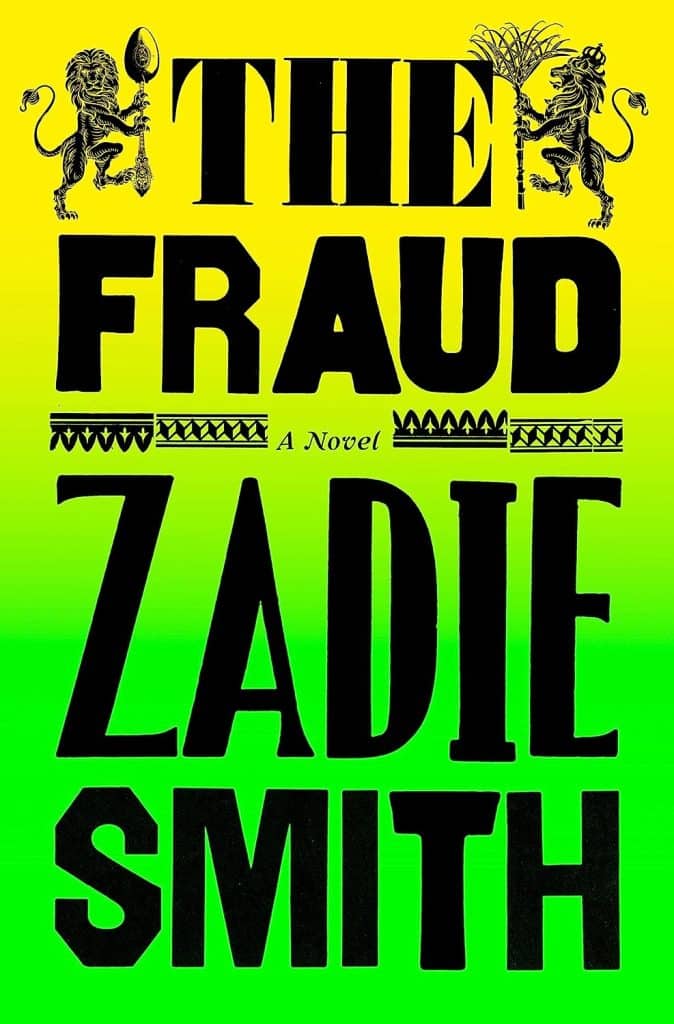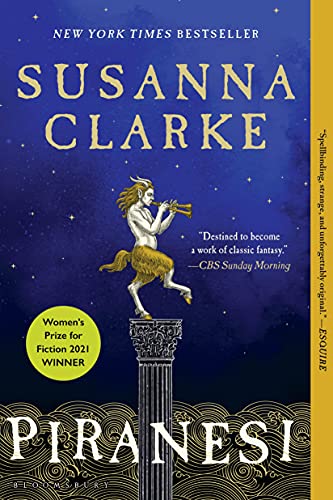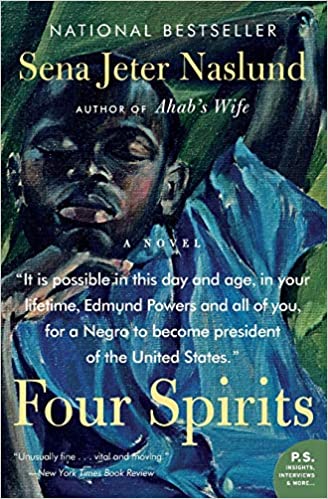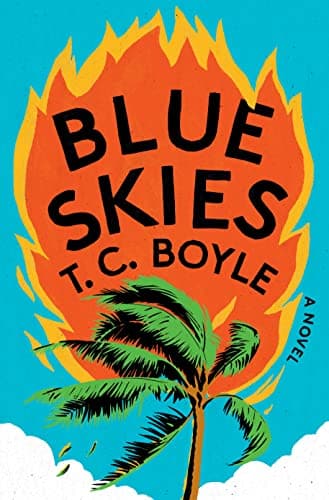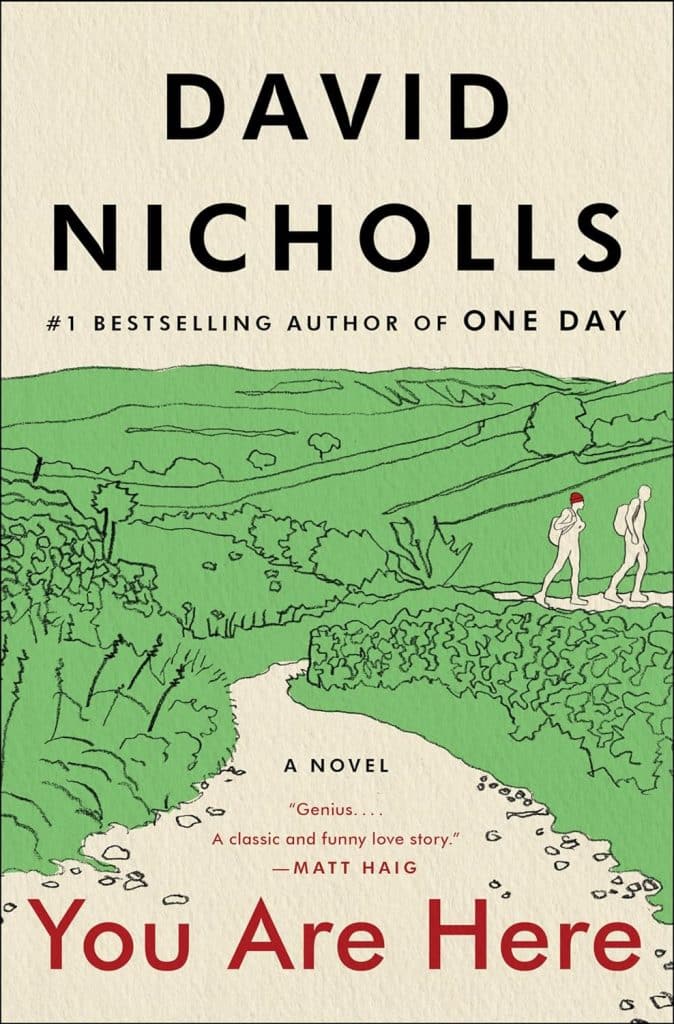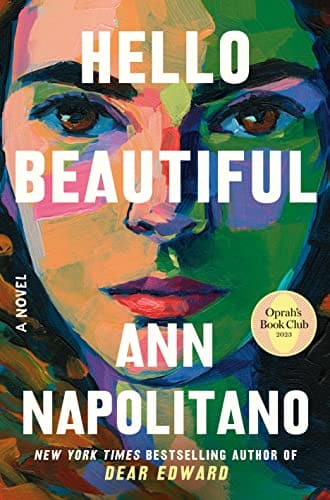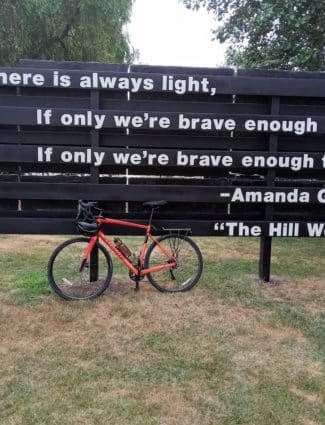
Brave Enough to See the Light
Brave Enough to Be the Light
Estimated reading time: 1 minute, 3 seconds I struggle to see the light and find my way as I live as a stranger in a strange land.
I struggle to see the light and find my way as I live as a stranger in a strange land.
I was unmoored and adrift in troubled waters in my first hours as a widow.
One of the touchstones that helped me see the light was Amanda Gorman‘s poem “The Hill We Climb.”
The closing stanza reminded me that I must only be brave enough to see and be it.
For there is always light,
if only we’re brave enough to see it
If only we’re brave enough to be it.
Am I brave enough?
My daily goal is to see the light and be the light!
In this new phase of my life, I know that Jan wants me to be brave and be the light.
The only self-evident truth I know is that the love Jan and I shared will never die!
The Jan Lilien Education Fund sponsors ongoing sustainability and environmental awareness programs. Gifts made this month; I will match dollar-for-dollar. All donations are tax-deductible.
I receive a commission when you buy a book or product using a link on this page. Thank you for supporting Sharing Jan’s Love blog.
